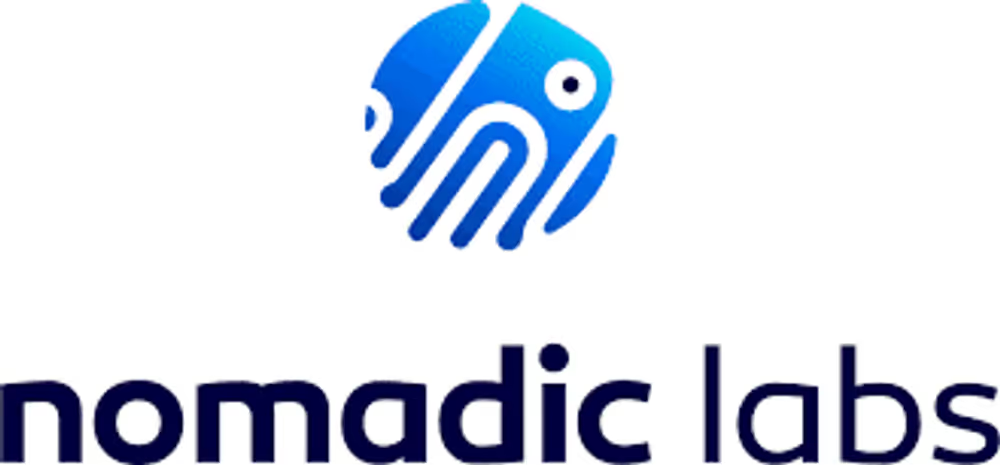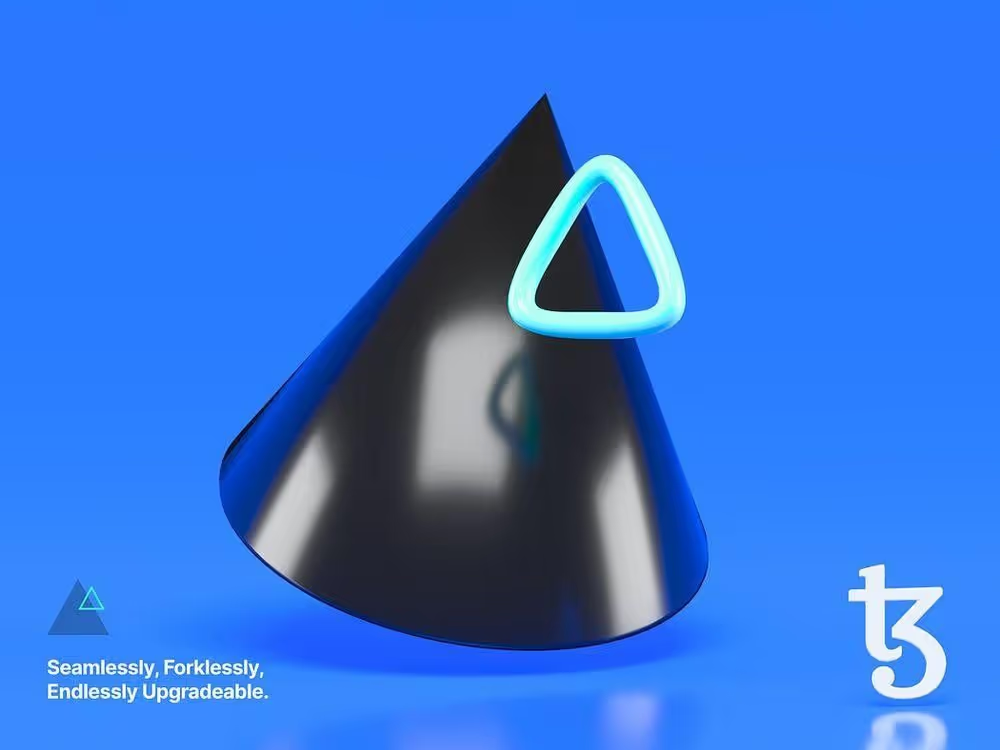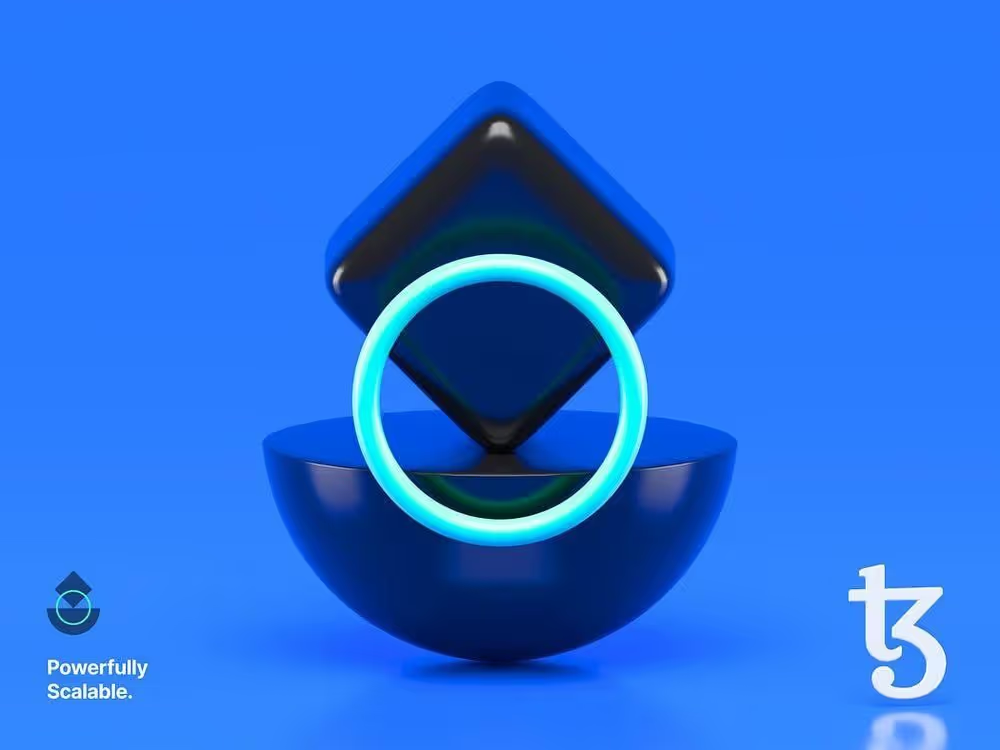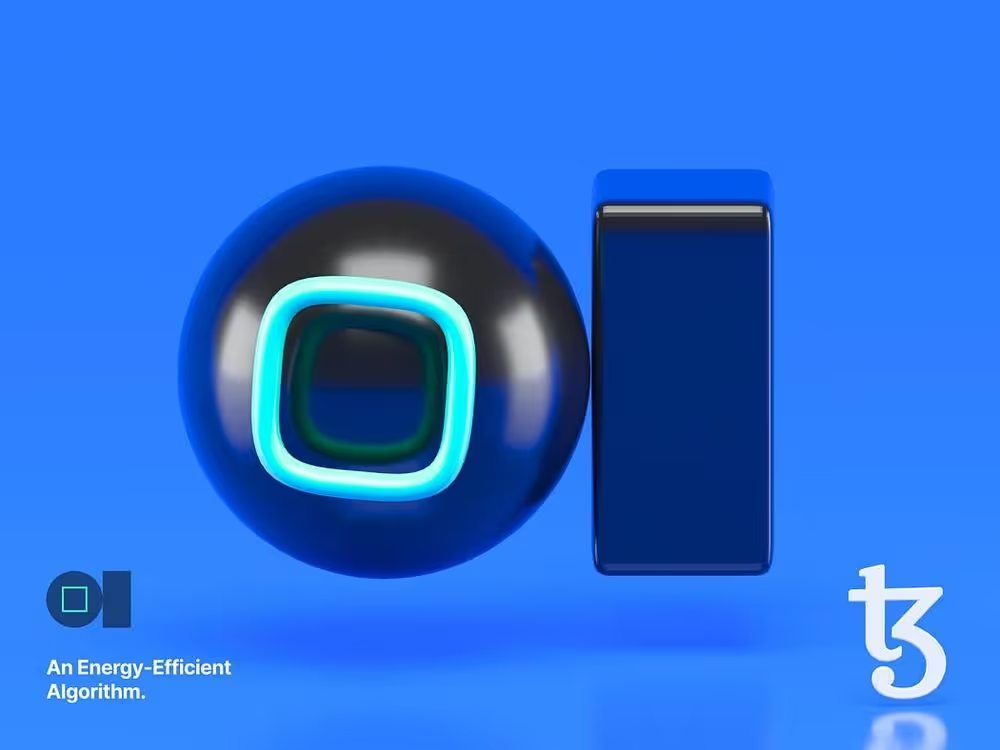Ask a Tezos Expert: Scaling Tezos with Yann Regis-Gianas from Nomadic Labs
Scalability matters when it comes to building a robust, effective blockchain ecosystem that’s ready to take on today’s most pressing blockchain challenges and build for the Web 3.0-driven future.
9 minute read

When it comes to building a robust, effective blockchain ecosystem that’s ready to take on today’s most pressing blockchain challenges and build for the Web 3.0-driven future to come, scalability matters.
Amid fallout from the FTX scandal and the ensuing cacophony of negative market sentiment, the blockchain developer world soldiers on. Its best and brightest minds are currently hard at work building for a blockchain-enabled Web 3.0 digital future that remains no less of an inevitability than it was a few short weeks ago. As this blockchain-enabled Web 3.0 digital future takes shape, new tools and platforms continue to be unleashed into the wild. As the onboarding of new users and projects continue, scaling to meet the rising need is becoming an increasingly important issue in the world of blockchain development.
We’ve seen the issues driven by ineffective scaling emerge in the larger blockchain space already. These issues have come in the form of outrageous gas fees and promising projects that simply never reached their potential due to issues arising from the above.
From the fits and starts the wider blockchain industry experienced during the NFT boom and the issues being exposed during the ongoing rollout of early-stage blockchain-powered metaverse and gaming projects, important lessons have been learned. Chief among these lessons is this: the smartest thing any blockchain ecosystem can do is to build today for the inevitable scaling needs of tomorrow.

To wait for scaling problems to arise when a new application is rolled out on one’s blockchain is to miss out on a key opportunity. The ecosystems that identify potential scaling issues early and build out solutions during the current industry-wide consolidation phase will be well positioned for the Web 3.0 rollouts ahead. The ecosystems that don’t… won’t be.
Nowhere is this crucial reality more of a key priority than it is right here in the Tezos ecosystem.
To that end, Tezos’ exceptional community of developers and builders is currently putting in long hours building out the robust solutions required to meet the emerging scaling needs of tomorrow. Their tireless efforts are already beginning to pay dividends for the overall health and functioning of the Tezos ecosystem amid the massive changes taking place across the larger blockchain industry.
To understand exactly how this is all happening (and why it matters), I reached out to one of the brightest minds in the blockchain development game, Yann Regis-Gianas, Software Engineer at .
Here’s what Yann had to say about the massive effort in the works to help the Tezos ecosystem scale effectively in the critical days ahead.

What exactly is “scaling” when we talk about it in terms of a blockchain and its ecosystem?
A blockchain has the ability to scale if it is able to smoothly integrate new users and new activity with no significant impact on existing users and existing activity. In other words, a blockchain is scalable if its throughput — the limiting factor between its computational power and its bandwidth — can cope with future usage changes.
Scalability comes in two flavors: horizontal scaling and vertical scaling. With vertical scaling, the blockchain throughput is increased by optimizing the block production process: engineers can always look for inefficiencies in the code of validators or in the consensus algorithm to put more operations in each block, to reduce the validation time or the time between blocks. With horizontal scaling, the blockchain throughput is increased through the addition of new lines of block productions: each time some new intensive usage of the blockchain is needed, a user can extend the system with a dedicated processing unit with its own dedicated bandwidth.
From a sufficiently high-level perspective, scalability in a blockchain is not really different from scalability in other computing systems: to get more throughput, you can optimize the processor and you can also design the architecture for it to accept a very large number of processors.

What’s happening in the larger blockchain space in 2023 that makes scalability such an important priority?
There’s very strong interest across the industry in scalability solutions required to run second-layer (aka “Layer 2” or “L2”) applications: optimistic rollups, for example, are ready for the show and successfully deployed; zero knowledge rollups are reaching testnets. In addition to high throughput, these technologies guarantee that builders and users won’t have to battle for bandwidth or computational power when these decentralized L2 applications are eventually adopted by millions of users. In practice, this allows builders/developers to accurately predict the cost of running their system moving forward, because they can deploy their own dedicated infrastructure at a price that is not influenced by the free market.
What’s involved in making a blockchain ecosystem like that of Tezos scalable?
Our roadmap to make the Tezos blockchain ecosystem scalable goes through each layer of the decentralization application stack.
As a first milestone in this roadmap, we have to allow the core of Tezos — its protocol — to integrate a concept of “second layers” (again, often referred to as "layer-2"s or “L2s”) running on top of the base blockchain (commonly known as “layer-1” or “L1”). In Tezos’ case, our core developers have chosen the “rollup” approach: roughly speaking, this approach keeps the responsibilities of finding consensus and of resolving fraud to layer-1 while it delegates the actual execution of operations to layer-2s.
This first milestone is already completed for smart rollups as they are activated on mainnet with the** amendment proposal named “Mumbai”**. In this proposal, Zero Knowledge rollups are also reaching testnets. This part of the system is critical and can’t be changed easily so we have put most of our engineering efforts into it during the first year of development.
As a second milestone in this roadmap, we need to provide a production-ready toolset for users to deploy their layer-2 solutions. This means two things: first, a rollup node ; second, a development environment for decentralized applications running in the rollup. We already have reached a decent level of usability, robustness, and efficiency for this toolset and early adopters are starting to experiment with it. These early adopters are providing extremely useful feedback for us to improve the user experience and the quality of this layer as it takes shape.
As a third milestone, we want to demonstrate the quality of these Tezos scaling solutions. There are two main aspects we need to demonstrate: throughput scalability and expressiveness. For throughput scalability, we are building a reproducible and realistic demonstration that the system can reach one million transactions per second. For expressiveness, we want to show that EVM-compatible rollups can be deployed on top of Tezos.

What is it about the Tezos blockchain that makes it ideal for scaling, exactly? What are its unique advantages in this area?
While many blockchains integrate their layer-2s using smart contracts, our approach is to integrate them natively as a protocol amendment. Roughly speaking, a native integration allows a more efficient implementation than a contract-based one and eases the development of sophisticated features. This is possible thanks to the unique ability of Tezos protocol to upgrade itself regularly, without forking.
How are developers in the Tezos ecosystem like the Nomadic Labs team ensuring that Tezos is being scaled effectively?
Tezos’ new rollup toolset requires a significant amount of work for the ecosystem to adapt critical tools like indexers, wallets, and smart-contract languages. This is because there are new RPCs to handle, new ways to interact with the chain, and also a new execution environment — WebAssembly — to target. Consequently, core developers are regularly in communication with Tezos ecosystem developers to facilitate this integration and identify areas for improvement. The entire Tezos ecosystem is laser-focused on creating the best environment for DApp developers to build upon as soon as possible.
As the Layer 2 applications being built and rolled out across the blockchain world begin to take center stage in the ongoing evolution of the blockchains, scaling for the increasing demand to come will be absolutely crucial. With forward-thinking developers like Yann Regis Gianas and the team at Nomadic Labs leading the charge, the Tezos ecosystem stands poised to capitalize on the important opportunity this seismic shift represents. That’s excellent news for the future of this dynamic ecosystem and every single one of us working to ensure Tezos is ready for the Web 3.0 revolution to come!
